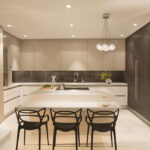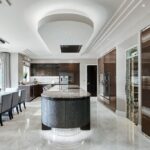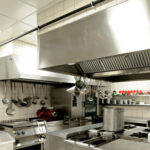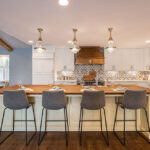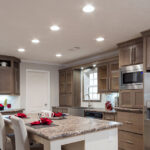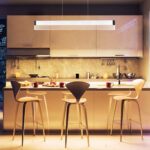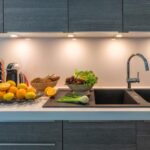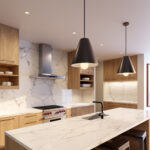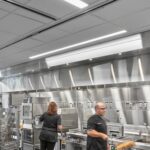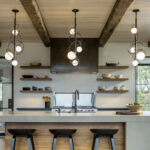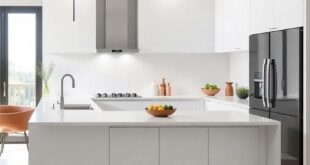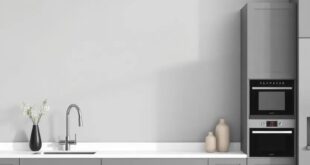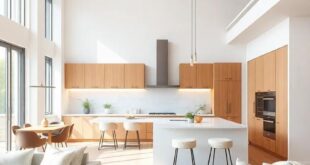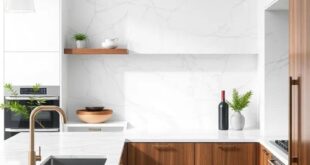Kitchen lighting is an essential component of any kitchen design. Not only does it serve a functional purpose by illuminating your workspace, but it also plays a significant role in creating the overall ambiance and aesthetics of your kitchen. With the right lighting setup, you can transform your kitchen into a bright, welcoming space that is both practical and visually appealing.
When it comes to kitchen lighting, there are several key factors to consider. The first consideration is the type of lighting fixtures you want to incorporate into your kitchen. There are three main types of lighting to think about: ambient lighting, task lighting, and accent lighting.
Ambient lighting provides overall illumination for the entire kitchen space. This is typically achieved through ceiling-mounted fixtures such as recessed lights, track lighting, or chandeliers. Ambient lighting should be bright enough to light up the entire kitchen but not too harsh or glaring.
Task lighting is focused lighting that illuminates specific areas where food preparation and cooking tasks take place. This type of lighting is essential for ensuring that you have enough light to chop vegetables, read recipes, and cook safely. Under-cabinet lighting, pendant lights, and track lighting are all popular choices for task lighting in the kitchen.
Accent lighting is used to highlight and enhance the design elements of your kitchen, such as cabinetry, artwork, or architectural features. This type of lighting adds depth and dimension to your kitchen and creates visual interest. Wall sconces, strip lighting, and spotlights are common choices for accent lighting in the kitchen.
In addition to the type of lighting fixtures you choose, it’s also crucial to consider the color temperature of the light. Warm white light (around 2700-3000 kelvins) is best for creating a cozy, inviting atmosphere in the kitchen, while cool white light (around 4000 kelvins) is ideal for task lighting as it provides a brighter, clearer light.
Another important factor to consider is the placement of your lighting fixtures. It’s essential to ensure that your lights are positioned strategically to avoid casting shadows on your work surfaces. Task lighting should be positioned directly above or below where you’ll be working, while ambient lighting should be evenly distributed throughout the space.
Lastly, don’t forget about energy efficiency when choosing your kitchen lighting. LED lights are a popular choice for kitchen lighting as they are long-lasting, energy-efficient, and produce less heat than traditional incandescent bulbs.
In conclusion, kitchen lighting is a crucial element of kitchen design that should not be overlooked. By carefully considering the type of lighting fixtures, color temperature, placement, and energy efficiency, you can create a well-lit, functional, and visually appealing kitchen space. So whether you’re remodeling your kitchen or just looking to update your lighting, take the time to carefully consider your options and create a lighting setup that works best for your needs.
 Decorationg Interior Design
Decorationg Interior Design

